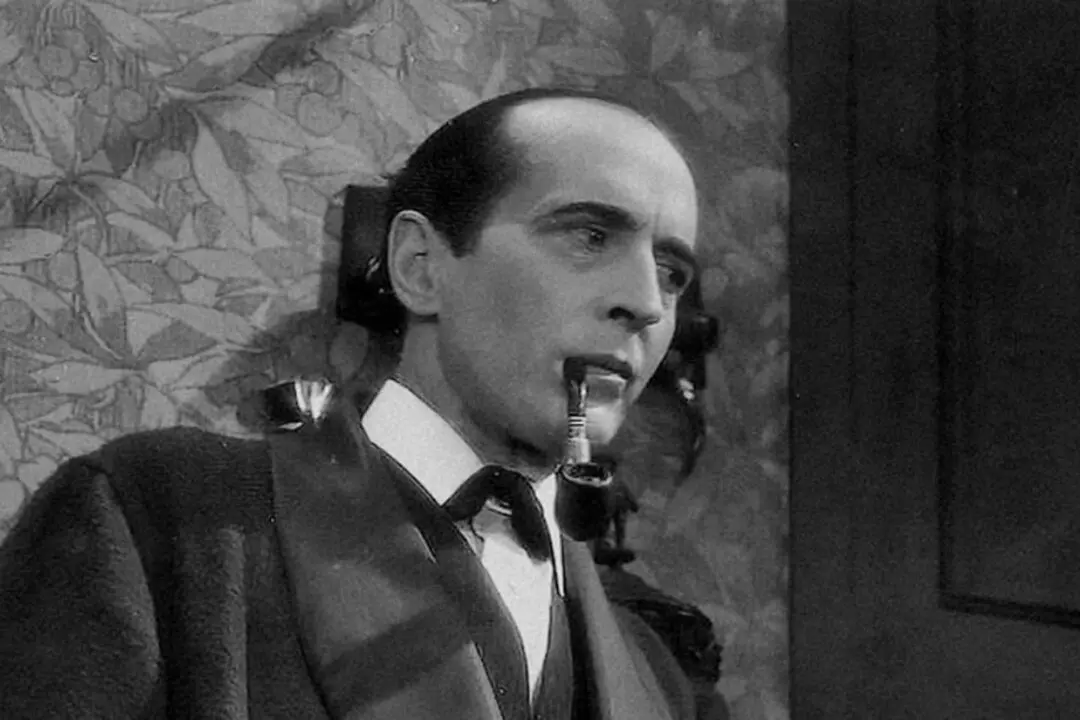The Boeing B-17 Flying Fortress was one tough bird: It could land on airfields despite being heavily damaged—if it returned home at all. Sometimes, though, these immense planes would fly in such close proximity to one another that they’d actually collide, resulting in them plummeting to earth.
“The Cold Blue” is director Erik Nelson’s sobering documentary, which mixes restored archival film footage of the brave men of the Eighth Air Force, who flew extremely dangerous sorties over Germany during World War II. The outstanding heroism on display in this film is almost hard to believe when matched up against today’s cynicism and greed.





